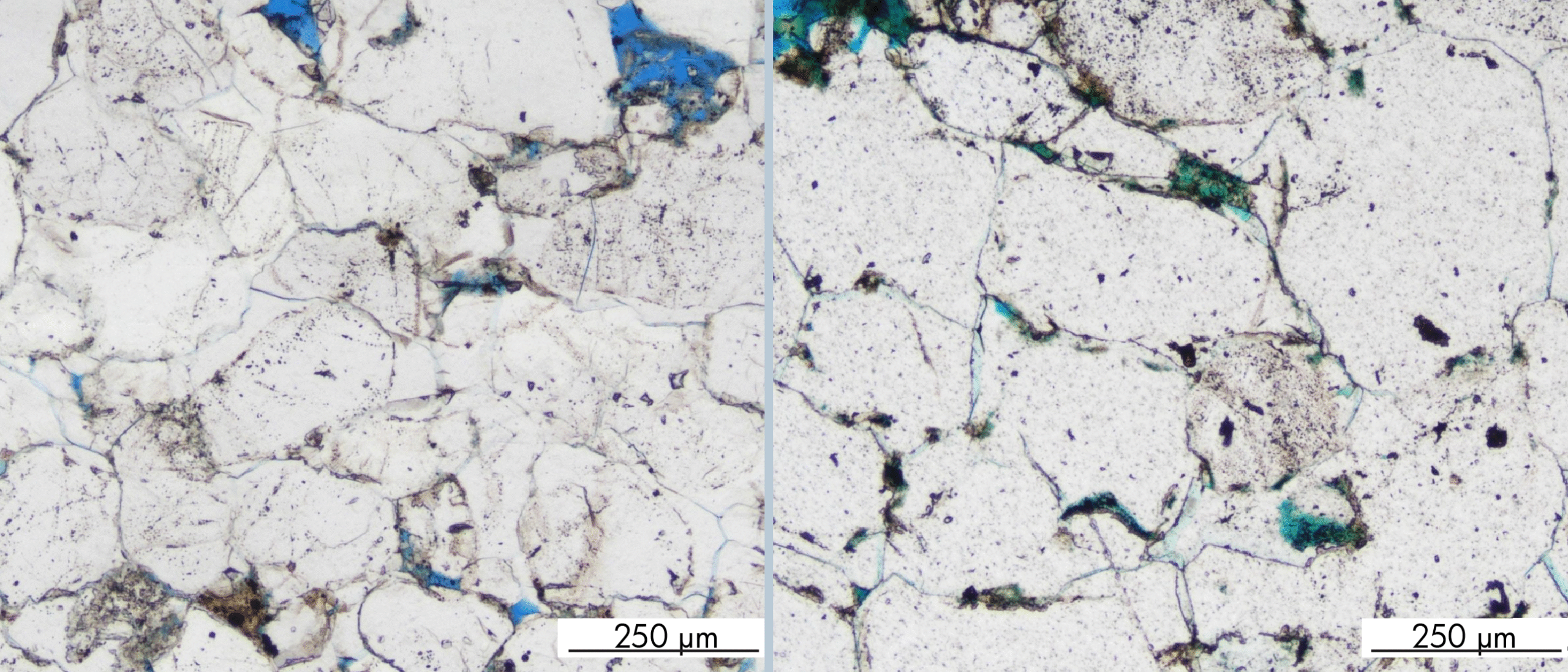On Friday last week, Equinor and partners DNO Norge, Petoro and Wellesley Petroleum announced the discovery of hydrocarbons in the Røver North (PL923) prospect through drilling exploration well 31/1-2S and appraisal well 31/1-2A.
The discovery of oil and gas (44 – 69 million barrels of recoverable oil equivalent) is a good example of chasing volumes in areas that until recently must have been regarded as a no-go area for exploration.
Frontier part of a mature basin
As we already described in this article, it is not a big surprise that this part of the Lomre Terrace wasn’t explored before. Although the surrounding structural highs have not disappointed, with the Troll field in the east, Oseberg East in the south and the Fram fields and the recent Echino South discovery in the north, a likely scenario is that the area has traditionally been regarded as a conduit for hydrocarbon migration to the updip fault blocks without being able to trap hydrocarbons efficiently itself.
But with the drilling of 31/1-2S, Equinor and partners have again shown that “after more than fifty years of exploration drilling there are still many unknown pieces in the geological jigsaw puzzle” and that it is worth to keep on testing new plays and challenging established concepts as more detailed seismic becomes available.
A role for fault sealing?
CGG kindly provided a WSW-ENE running seismic line from the Røver North discovery to the currently drilling Blasto exploration well (31/2-22S); see grey line on the map for location of the seismic section.
The line clearly illustrates the gradual deepening of the basin moving westwards across the Lomre Terrace from the Horda Platform in the east.
The base of the light blue package has been interpreted as the base of the Viking Group and the top of the Brent Group, being of a Bathonian (Middle Jurassic) age in this area.
With the Ness Formation likely to be present in 31/1-2S, the top of the hydrocarbon column must be slightly deeper than the base of the Viking Group. This reduces the closure that be seen immediately at the base of the Viking Group, which may indicate that an element of fault sealing is required to explain the presence of a hydrocarbon column in the prospect.

An atypical Brent
According to Equinor, well 31/1-2S encountered a gas column of about 145 m and a 24 m ODT in the Etive and Oseberg formations.
This suggests that the Rannoch Formation is missing – normally sitting between the Oseberg (Broom) and Etive formations. The reason for the absence of the Rannoch Formation can be seen by looking at a detailed cross-section in the Millennium Atlas (Figure 10.11, Section J). From this section, it is clear that the well was drilled in the southern part of the Brent delta system where the accommodation space for deposition of the more distal Rannoch Fm was missing. This led to a fairly abrupt transition from the Oseberg alluvial fan system to the Etive Formation.
Looking at well 31/2-8 in the Millennium Atlas cross-section, which is not far 31/1-2S, it can be seen that even the Etive Fm is quite thin (only a few meters), with the Ness Fm almost directly overlying the Oseberg Fm.
If well 31/2-8 (see map for location) is a reasonable analogue for the thickness distribution within the Brent of 31/1-2S, and the Etive Fm in also quite thin in 31/1-2S, it is likely that most of the hydrocarbon column is within the Oseberg Fm.
An area with potential
The Røver North discovery adds to a number of discoveries in the Troll/Fram area in recent years. In 2019, well 35/11-23 proved 38-101 MMBoe recoverable in Sognefjord (Upper Jurassic) and Brent reservoirs of the Echino South prospect, whilst 35/11-24S and subsequent appraisal wells proved 13-38 MMboe recoverable in Heather Formation sandstones of the Swisher prospect last year.
Equinor has now started drilling the Blasto prospect (31/2-22S), which is likely having a similar target as Røver North given the similarities in structural setting although it being more updip. The company will subsequently drill the Apodida prospect, also in production licence 090, hoping to further capitalise on the exploration success booked so far.
HENK KOMBRINK





